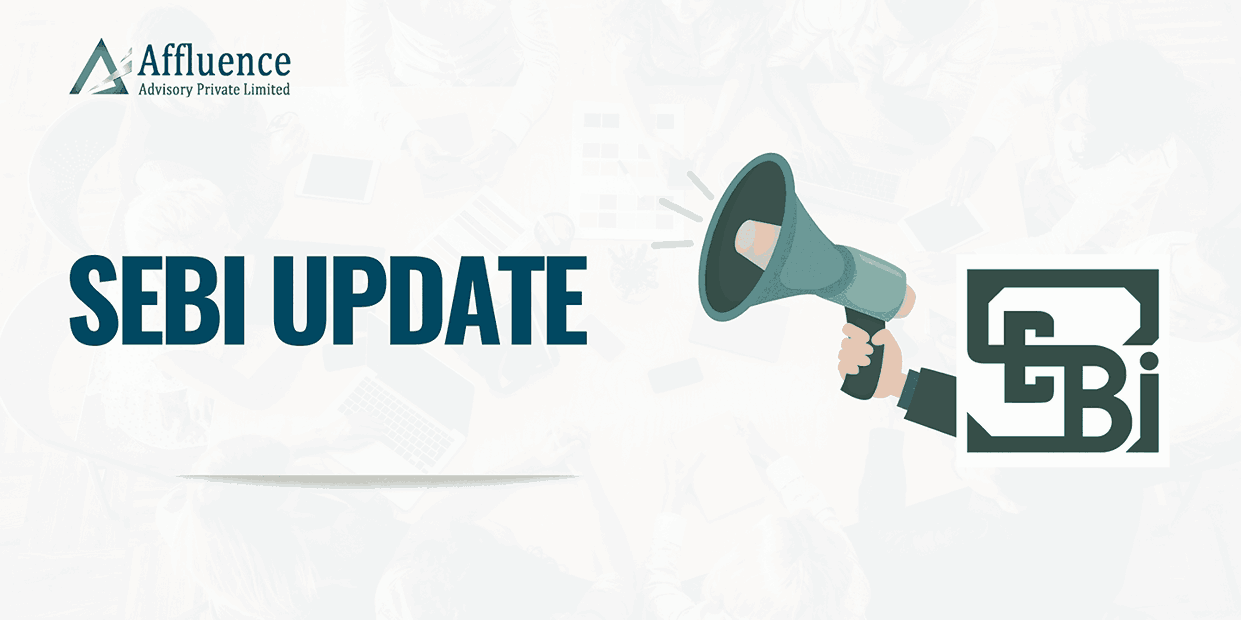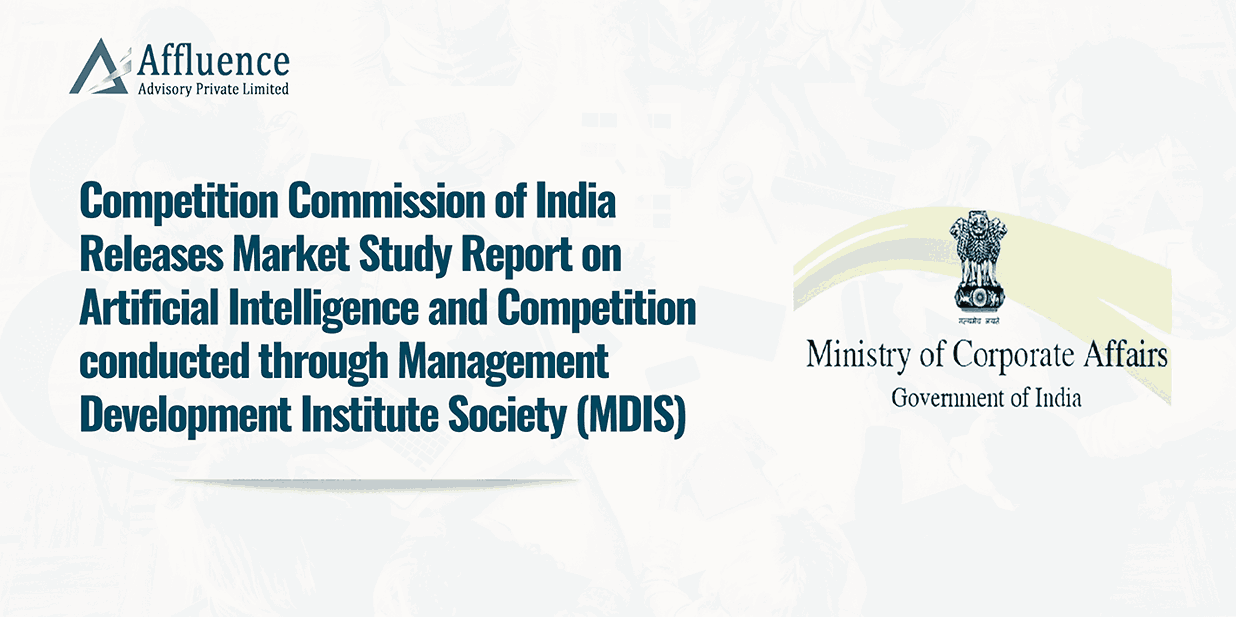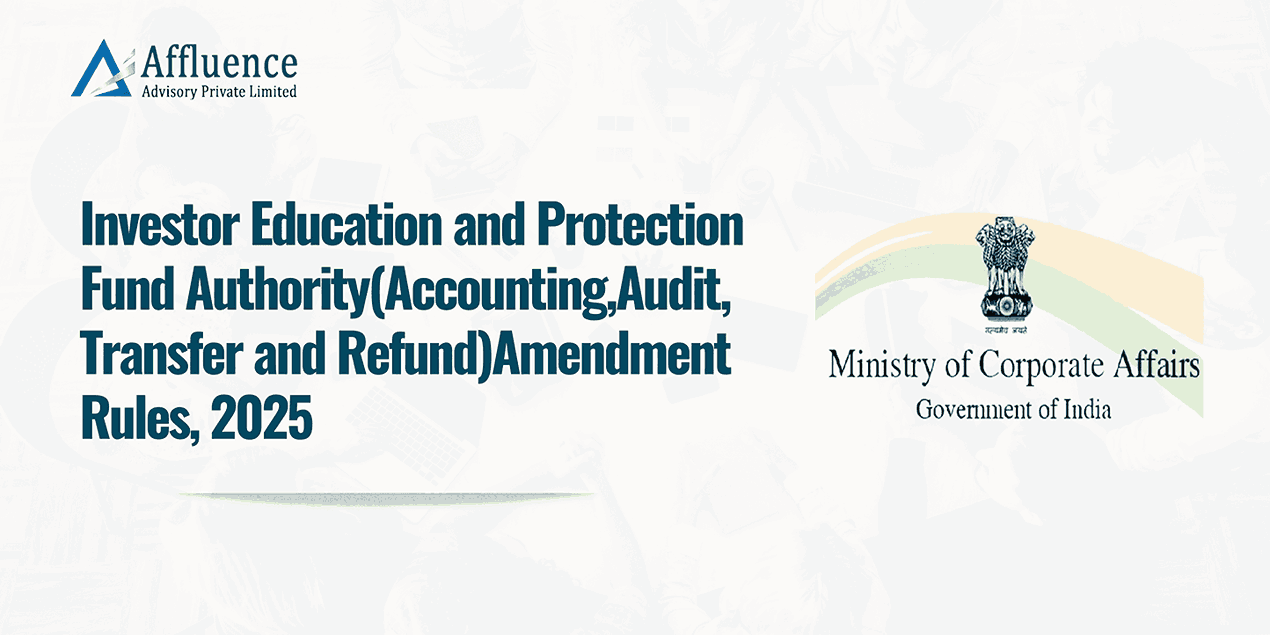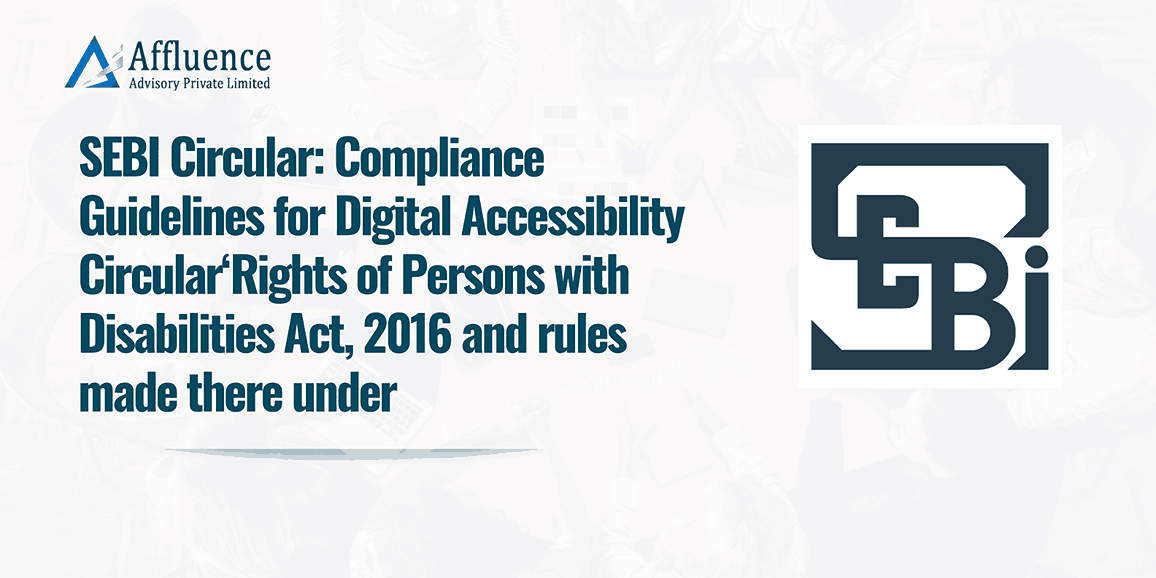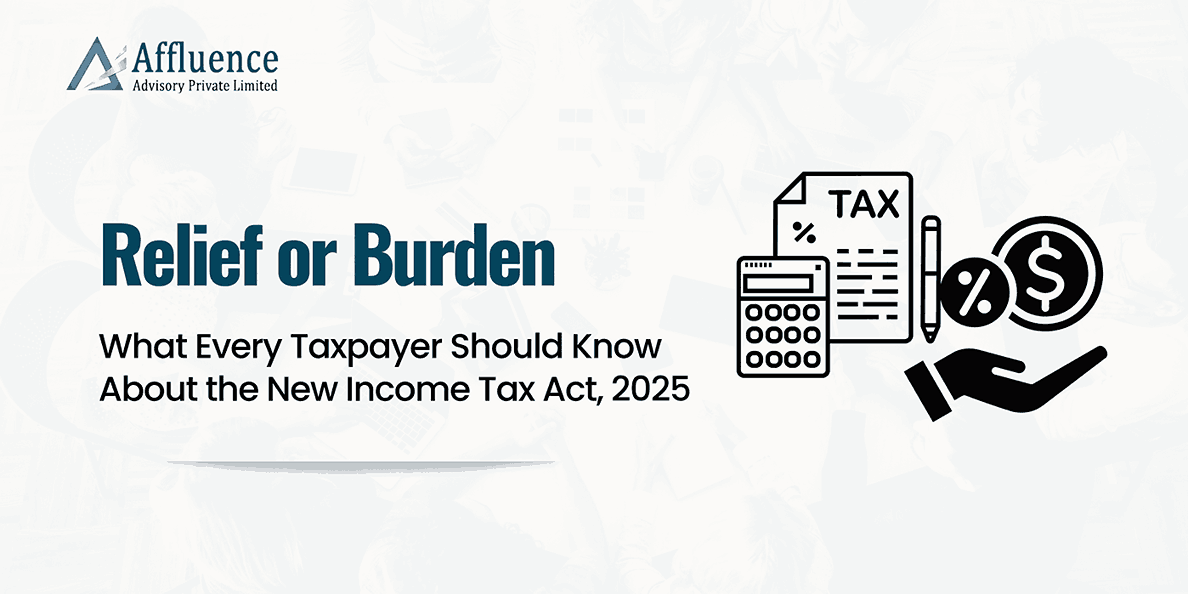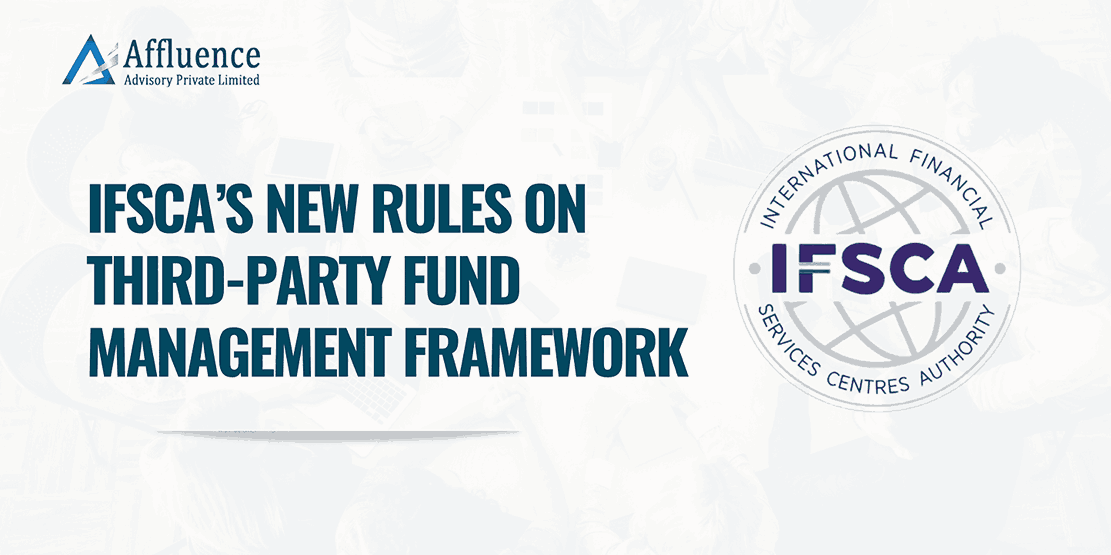The Securities and Exchange Board of India (SEBI), through its circular dated October 13, 2025, has brought meaningful relief for listed entities by rationalizing the minimum information disclosure requirements for the approval of Related Party Transactions (RPTs). This move, which follows industry feedback and representations from the Industry Standards Forum (ISF), modifies the earlier disclosure framework introduced on June 26, 2025.
These changes are directed at enhancing ease of doing business while maintaining the essence of governance transparency under Regulation 23 of the SEBI (Listing Obligations and Disclosure Requirements) Regulations, 2015.
Applicability of the Two Circulars
Both circulars—June 26, 2025 and October 13, 2025—are applicable to all listed entities governed by the LODR Regulations. However, the key shift lies in the extent of disclosure required depending on the transaction size.
|
Aspect |
June 26, 2025 Circular |
October 13, 2025 Circular |
|
Applicability |
All Related Party Transactions placed before the Audit Committee or Shareholders |
Applies to all RPTs, but introduces graded thresholds for reduced disclosures |
|
Threshold for exemption |
Transactions up to ₹1 crore – exempt |
Transactions up to ₹1 crore – exempt (retained) |
|
Additional relaxation |
None |
Transactions up to ₹10 crore or 1% of annual consolidated turnover – simplified disclosure format (Annexure-13A) |
Thus, the October 2025 circular introduces a tiered framework, distinguishing RPTs based on materiality, which was absent in the earlier version.
Whether Applicable to All RPTs
Under both circulars, the requirement to provide minimum information applies only when an RPT is placed for approval before the Audit Committee or shareholders. However, the October 2025 circular makes a clear distinction:
- RPTs not exceeding ₹1 crore in a financial year are wholly exempt from the minimum disclosure requirement.
- RPTs valued between ₹1 crore and ₹10 crore or up to 1% of the listed entity’s annual consolidated turnover, whichever is lower, will now require only minimal disclosures as per a new simplified Annexure-13A.
- Only RPTs beyond ₹10 crore or beyond the 1% turnover threshold must comply with the full “Industry Standards on Minimum Information”.
This means not all RPTs will trigger detailed disclosure obligations anymore—a relaxation aimed at eliminating disproportionate disclosure burdens for transactions of low materiality.
Number of Line Items: Then and Now – Ease of doing business
The June 26, 2025 circular required comprehensive disclosures under the Industry Standards for every RPT, which included 16 distinct line items to be provided to the Audit Committee and shareholders. These covered details such as transaction type, value, terms, counterparties, historical dealings, group exposure, valuation dependencies, and risk assessment.
In contrast, the October 13, 2025 circular significantly reduces this list for smaller transactions (below the stipulated thresholds). The revised structure limits Audit Committee submissions to 9 core disclosure items, summarised below:
June 26, 2025 – Full Disclosure List (Approx. 16 line items)
- Name of related party and nature of relationship
- Type of transaction and nature of goods/services
- Material terms and conditions
- Value of proposed transaction
- Value of previous transactions during the FY
- Source of funds for loans/investments
- Tenure, interest rate, and repayment schedule (for loans)
- Purpose of funds utilization
- Justification for transaction
- Valuation report (if applicable)
- Audit Committee/management comments
- Benefits to the company and shareholders
- Risks associated
- Historical RPTs pattern with the same party
- Regulatory or legal approvals required
- Any other relevant information
October 13, 2025 – Simplified Disclosure (9 key items)
- Type, material terms, and particulars of transaction
- Name of related party and nature of relationship
- Tenure and value of transaction
- Percentage of annual consolidated turnover impacted
- For loans/investments: source of funds, security, terms, and purpose
- Justification for transaction
- Valuation report (if relied upon)
- Voluntary disclosure of counter-party turnover impact
- Any other relevant information
Under the Annexure-13A simplified format, small-value transactions (up to ₹10 crore or 1% of turnover) require even fewer details—essentially a subset of these 9 items.
For shareholder approvals, the explanatory statement now merely needs a summary of the information provided to the Audit Committee, justification, valuation details (if any), and a statement confirming availability of reports via registered email—down from over a dozen points earlier.
Ease-of-Doing-Business Analysis
The revised framework takes a pragmatic view, addressing industry concerns about over-documentation and administrative friction in RPT approvals. The key ways it facilitates ease of doing business are as follows:
- Reduced Compliance Burden:
By eliminating the need to furnish exhaustive details for transactions of lower materiality, companies can now focus documentation on significant related party dealings only. - Tiered Disclosure Mechanism:
The introduction of the ₹10 crore/1% turnover threshold reflects a risk-based approach, aligning disclosure intensity with potential governance impact. - Simplified Annexure-13A Format:
The new annexure standardizes the presentation format for smaller transactions, improving consistency and reducing administrative delays during Audit Committee reviews. - Retained Governance Safeguards:
Major transactions (above ₹10 crore or 1%) still require full Industry Standards disclosures, ensuring no compromise in transparency for material RPTs. - Faster Audit Committee Processing:
Streamlined templates and reduced information requirements make the approval cycle more efficient—critical for entities with frequent intercompany or promoter-linked transactions. - Regulator-Industry Collaboration:
This reform stems from constructive engagement between SEBI and the Industry Standards Forum (ISF), illustrating a shift toward participatory regulation that balances control and convenience.
What’s No Longer Required for Small-Value RPTs
For RPTs below the ₹10 crore/1% turnover threshold, the following disclosures are no longer mandatory:
- Historical pattern of transactions with the same related party
- Detailed risk assessment or benefit analysis
- Management and Audit Committee remarks
- Disclosure of prior cumulative exposure for the financial year
- Regulatory approval requirements or legal dependencies
- Detailed valuation commentary, unless an external report is relied upon
This aligns the compliance requirements with the principle of proportionality, focusing regulatory oversight where it matters most.
Combined Effect on Governance and Compliance
The October 2025 revision underscores SEBI’s pivot toward “smart regulation”—simplifying procedures without diluting governance spirit. By now requiring comprehensive details only for material transactions, the framework enables boards and audit committees to concentrate on significant exposures while ensuring smaller operational transactions move swiftly.
From a compliance perspective:
- Documentation volume is estimated to reduce by 40–50% for companies with multiple intra-group operational contracts.
- Audit Committee turnaround time for approvals is expected to shorten, a relief especially for large conglomerates and NBFCs managing several recurring related party dealings.
Furthermore, the clear-cut exemption at ₹1 crore—retained from the earlier circular—continues to shield immaterial transactions from unnecessary procedural load.
Broader Policy Intent and Outlook
SEBI’s October 2025 intervention must also be seen in the broader context of regulatory reforms for Ease of Doing Business (EoDB). The Board, in its 211th meeting on September 12, 2025, explicitly emphasized rationalization of disclosure processes, not deregulation. The revised RPT Industry Standards thus represent a measured relaxation, calibrated to ensure that governance remains robust while compliance becomes lighter and faster.
This reform also aligns with SEBI’s ongoing efforts to consolidate and modernize its master circulars and frameworks—eliminating redundancy and improving accessibility for all market participants.
Concluding Perspective
The SEBI circular dated October 13, 2025 brings tangible compliance relief for listed entities. By rationalizing the information burden and introducing a threshold-based disclosure model, SEBI has created a more agile regulatory environment that still ensures accountability and shareholder protection.
Disclaimer:This article provides general information existing at the time of preparation and we take no responsibility to update it with the subsequent changes in the law. The article is intended as a news update and Affluence Advisory neither assumes nor accepts any responsibility for any loss arising to any person acting or refraining from acting as a result of any material contained in this article. It is recommended that professional advice be taken based on specific facts and circumstances. This article does not substitute the need to refer to the original pronouncement.
CLICK HERE DOWNLOAD PDF




